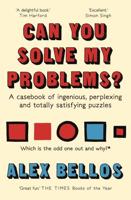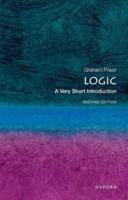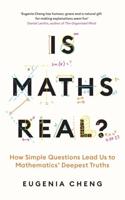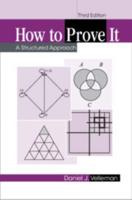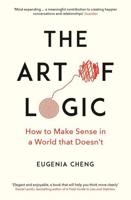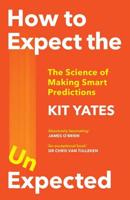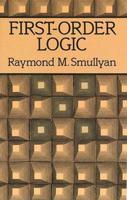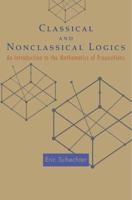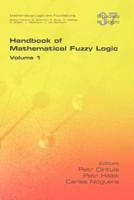Publisher's Synopsis
This text deals with a range of linear and non-linear differential models which are renowned for their applications in fields such as physics, engineering, biology, medicine, economics, business planning and computer aided design. Readers are introduced to the classical techniques for the solution of such systems in the form of differential equations (continuous) and difference equations (discrete), and shown ways of using a computer or calculator to explore both discrete dynamic models and discrete approximations to continuous models. Mathematical tools are developed for describing and analyzing the nature of such continuous and discrete solutions, and used to explore both the robustly good behaviour of linear systems and the chaos which can result under certain circumstances from some non-linear systems.;The authors develop a general approach to dynamic systems, in which the models are seen to be controlled by some sets of parameters, and algorithms are generated for classifying the possible behaviours of the resolutions, thus allowing the standard catastrophe surfaces to be explored and analyzed. Geometric imagery is emphasized throughout, and using a computer to help form these images, where appropriate, is encouraged. A basic understanding of the techniques of elementary differential and integral calculus is assumed, and access to some form of computing device such as a PC or a graphic calculator is required.

